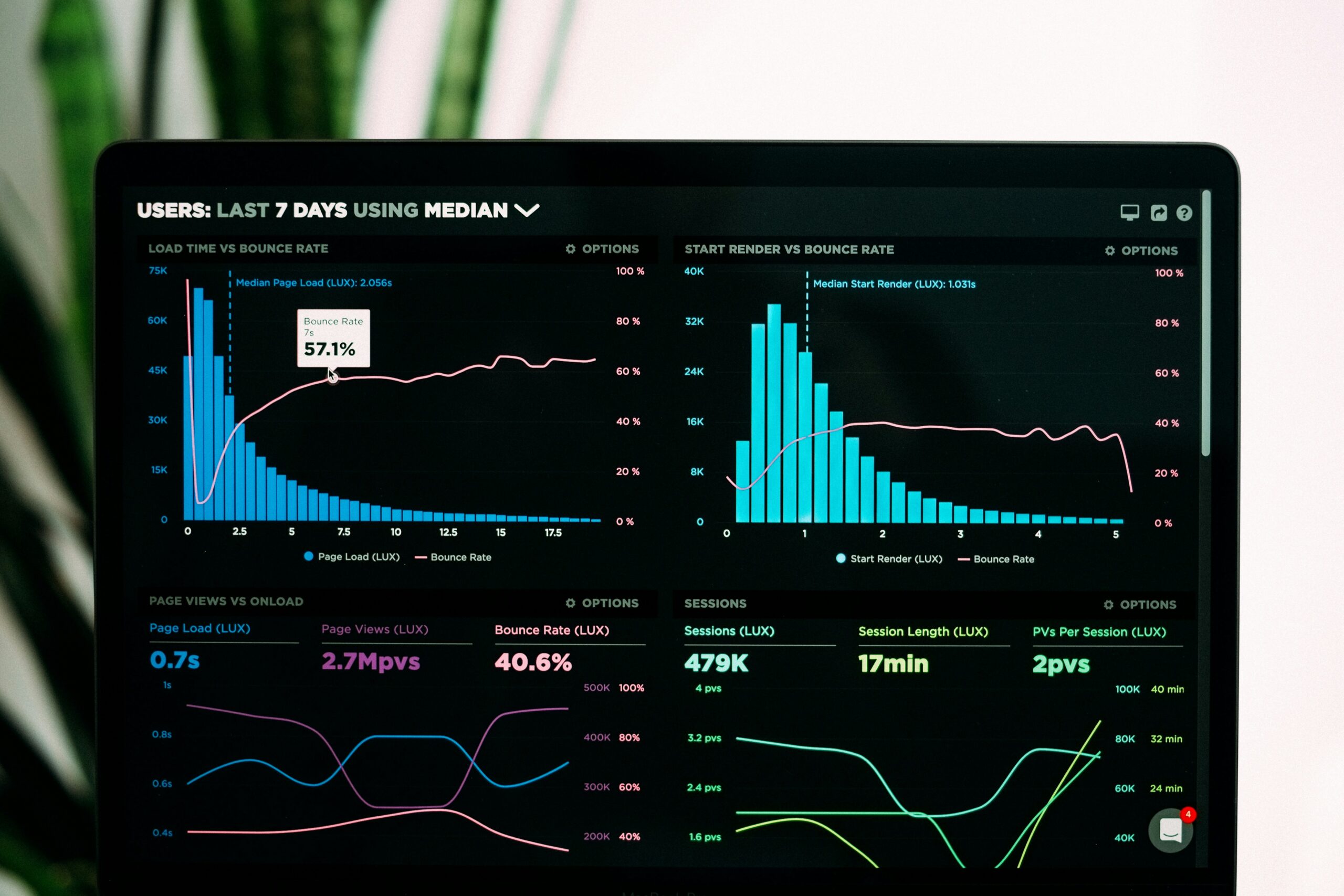Data Analysis Types: A Comprehensive Guide
Data analysis is an essential function for businesses aiming to enhance their decision-making processes and understand their operational performance. With the explosion of data in the digital age, understanding the various data analysis types is crucial for organizations across all industries. In this article, we’ll explore the four primary types of data analysis—descriptive, diagnostic, predictive, and prescriptive—each offering unique insights that help businesses navigate their challenges effectively.
Why Data Analysis Matters
In today’s data-driven landscape, organizations are inundated with information from various sources, such as customer interactions, sales reports, and market trends. Effective data analysis enables businesses to sift through this data, revealing patterns and trends that can inform strategic decisions. Understanding the types of data analysis allows organizations to leverage their data more effectively, ultimately leading to improved performance and competitive advantage.
For a deeper understanding of data analysis fundamentals, consider checking out this comprehensive resource on Coursera.
1. Descriptive Analysis: The Foundation of Data Insight
Descriptive analysis serves as the foundation for all other types of data analysis. It answers the question: What happened? By summarizing past data, descriptive analytics provides a clear picture of an organization’s performance, often visualized through dashboards and reports.
To explore more about descriptive analytics, visit this detailed guide on SAS.
Key Features of Descriptive Analysis
Data Summary: It aggregates historical data to provide insights into overall performance metrics.
KPI Tracking: Key Performance Indicators (KPIs) are often monitored using descriptive analytics to measure success against predefined benchmarks.
Applications of Descriptive Analysis
KPI Dashboards: Visual representations of performance metrics that help stakeholders assess progress at a glance.
Monthly Revenue Reports: Summaries that provide insight into financial health, allowing for quick assessments of revenue trends.
Sales Performance Overview: Insights into sales figures help identify successful strategies and areas for improvement.
Example in Business
For instance, a retail company might use descriptive analysis to track monthly sales data, allowing them to identify peak sales periods and optimize inventory management accordingly. Businesses can also enhance their data analysis capabilities by leveraging 7 Top Data Management Tools in 2024 that facilitate better data handling.
2. Diagnostic Analysis: Uncovering the Why
After establishing what has happened, businesses often need to delve deeper to understand why it happened. This is where diagnostic analysis comes into play.
Key Features of Diagnostic Analysis
Cause Identification: It focuses on discovering the reasons behind specific outcomes by analyzing data patterns.
Data Interconnection: Diagnostic analysis connects various data points to reveal correlations and patterns.
Applications of Diagnostic Analysis
Root Cause Analysis: Businesses can investigate issues such as declining customer satisfaction by examining data related to service delivery and product quality.
Marketing Effectiveness: Companies can analyze the impact of specific marketing campaigns on lead generation and conversion rates.
Example in Business
Consider a freight company investigating delays in deliveries. By utilizing diagnostic analysis, they can identify that specific regional traffic patterns or issues with suppliers are contributing to the slow shipments, allowing them to take corrective actions. To further improve this process, organizations can refer to 7 Top Data Classification Tools in 2024 to identify effective classification strategies for their data.
3. Predictive Analysis: Anticipating Future Outcomes
Predictive analysis moves beyond historical data to forecast future events, answering the question: What is likely to happen?. This type of analysis employs statistical modeling and machine learning techniques to generate insights.
Key Features of Predictive Analysis
Statistical Modeling: It relies on algorithms and models to make data-driven predictions about future trends.
Risk Assessment: Predictive analysis helps organizations identify potential risks before they escalate.
For insights into best practices in predictive analytics, check out this resource by IBM
Applications of Predictive Analysis
Sales Forecasting: Businesses can estimate future sales based on historical data, aiding in budgeting and resource allocation.
Customer Segmentation: Organizations can identify which customer segments are most likely to convert based on past behavior.
Example in Business
A SaaS company may utilize predictive analysis to identify which customers are most likely to churn based on usage patterns and engagement metrics, enabling them to proactively implement retention strategies. To optimize these efforts, they can incorporate insights from 8 Best AI Tools for Small Businesses that assist in analyzing customer data effectively.
4. Prescriptive Analysis: Guiding Decision-Making
The most advanced type of data analysis, prescriptive analysis, combines insights from the previous types to guide organizations on what actions to take. This analysis often incorporates artificial intelligence and complex algorithms to optimize decision-making processes.
Key Features of Prescriptive Analysis
Actionable Insights: It not only predicts outcomes but also recommends actions based on those predictions.
Technology-Driven: Prescriptive analysis utilizes advanced analytics tools and AI to enhance decision-making.
Applications of Prescriptive Analysis
Supply Chain Optimization: Businesses can optimize inventory levels and logistics by analyzing data on demand forecasts and supply chain constraints.
Personalized Marketing: Companies can tailor marketing campaigns based on predicted customer preferences and behaviors.
Example in Business
Major corporations like Netflix use prescriptive analysis to recommend shows based on user viewing habits. By analyzing vast amounts of data, they can provide tailored content suggestions that enhance user engagement. Businesses looking to enhance their decision-making can explore 7 Top Data Analytics Tools in 2024 for effective analytics solutions.
Conclusion
Understanding the various types of data analysis is essential for businesses aiming to leverage their data effectively. From the foundational descriptive analysis that summarizes past performance to the advanced prescriptive analysis that guides decision-making, each type plays a crucial role in driving business success. As organizations continue to embrace data-driven strategies, the importance of mastering these analytical approaches cannot be overstated.
—
Frequently Asked Questions (FAQs)
1. What are the main types of data analysis?
The main types of data analysis are descriptive analysis, diagnostic analysis, predictive analysis, and prescriptive analysis. Each type serves a different purpose and provides varying insights into business performance.
2. How does descriptive analysis help businesses?
Descriptive analysis summarizes historical data, allowing businesses to track key performance indicators (KPIs) and understand past trends, which helps inform future strategies.
3. What is the role of predictive analysis in decision-making?
Predictive analysis uses historical data to forecast future outcomes, enabling organizations to make informed decisions and anticipate potential risks.
4. Can you provide an example of prescriptive analysis?
An example of prescriptive analysis is its application in supply chain management, where businesses can optimize inventory levels and logistics based on predictive data insights.
5. Why is diagnostic analysis important?
Diagnostic analysis helps organizations understand the reasons behind specific outcomes, allowing them to identify areas for improvement and make data-driven adjustments to their strategies.
If you’re eager to explore more about data analysis types or need assistance with data-driven strategies for your business, contact us today! Dive deeper into how effective data analysis can transform your decision-making processes and drive your business toward success.


